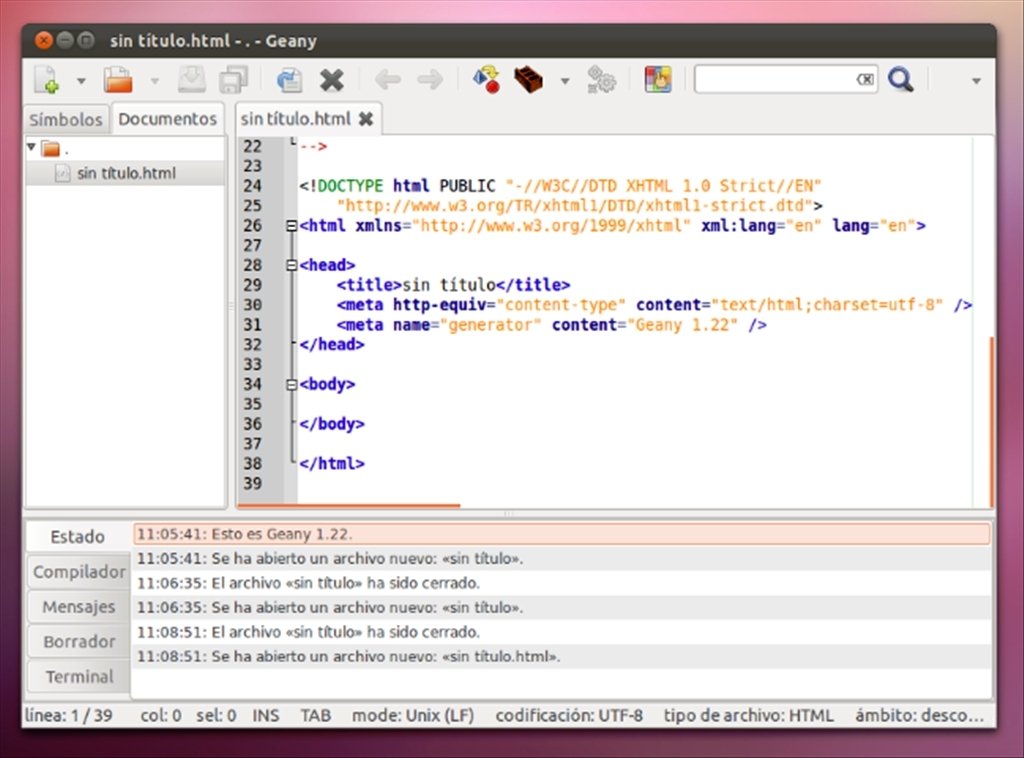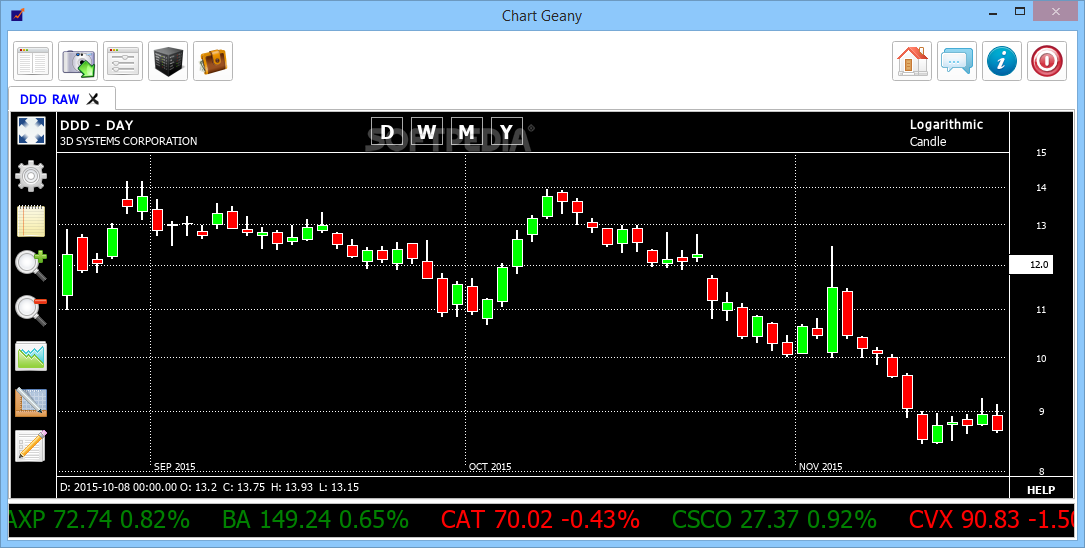
Not all the sources will exist, for example the user may have no configuredįiletype files or may not have a project open. What is used in the particular menu item, and each menu item is determined Remember the setting from the source lowest in the list “wins”, i.e. Settings for a specific filetype for the type of file selected in the editor which come from the open project file The ordering (from general to specific) is: Some menu items may derive their settings from the user, some from the projectįor the build system configuration the sources of the settings are fixed and This overriding occurs independently for each position in the build menu, so Specific and later settings override a less specific/earlier one. The (more general) base type, or cascading style sheets for HTML where more more specific) types override the same function of May be familiar with include, object oriented languages where functions Specific settings override less specific ones. Sources of information from most general to most specific and having more

#GEANY SOFTWARE#
This is achieved using a technique that is common in software systems, ordering the Implementation, how flexibility is achievedīehind the simple menu presentation to the user Geany still has to manage theĬomplexity of the range of use-cases described in the introduction and map it This allows the same command to be run with differing parameters without having to configure each option separately.

Previous text entered in the current session is available on the combo-box list. The results of this parse are used to mark the source file and toĪllow clicking on the message in the compile window to cause the editor to goįor increased flexibility the second item in the filetype independent section pops up a dialog and any text entered will be appended to the command that the menu item runs. Many other development environments also use a similarĪrrangement further supporting its utility.Ĭommands from the first and second sections are run in such a way that GeanyĬan see their output and can parse it for recognisable messages, usuallyĮrrors. This structure has been used by Geany for some time and has proven easy to useĪnd flexible. The final section opens a dialog to assist in configuration (see Configuring with the GUI below) The menu is broken into sections that roughly follow the usual workflow for So it is important that itsįlexibility is presented to the user in a simple, intuitive manner. Geany supports a wide range of user experiences, from beginners to experts, andįrom occasional users to continuous users. It is presented to the user and how it is configured using the GUI and by

This document describes the implementation of that flexibility in Geany, how However, Geany supports a wide range of platforms, programming, andĭocumentation languages, so it is more appropriate that it takes the approach IDEs like Eclipse and NetBeans which heavily integrated the Java workflow. The approach of limiting the tool sets is appropriate for developmentĮnvironments which concentrate on limited languages, the original model of This tends to result in a slightly more arms length approach to the integration of tools. Providing a lot of flexibility allowing users to configure the tools that suit them. If you are finished, just open a pull request on GitHub. Publish your changes for review and inclusion
#GEANY UPDATE#
In the doc directory to create or update the generated HTML documentation. To build the related HTML document to see what your changes look like, run: make geany.html
#GEANY FREE#
Feel free to improve this file as you like. It is written in reStructuredText (or "reST"). You will find a file called geany.txt, which is the basis of all documentation. To make sure you have the most recent version, check out the master branch of Geany as described on the Git page and then change to the directory doc in the Geany source tree. Thus, most current documentation is available in Geany's Git repository. The documentation is included in the source distribution. Writing Documentation Check out current documentation from Git The packages are named git and python-docutils on Debian and Fedora systems. Note that you will need several tools installed on your system.

Subscribe to the Geany Devel mailing list and write a short mail to the list so that everyone knows you are there, and would like to contribute as an author for the documentation. Documentation Introduce yourself as an author


 0 kommentar(er)
0 kommentar(er)
